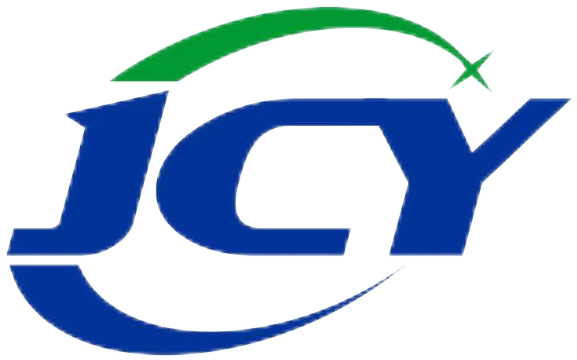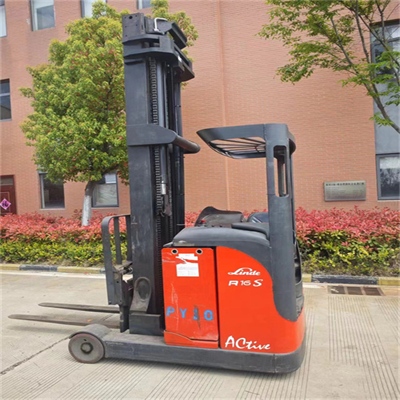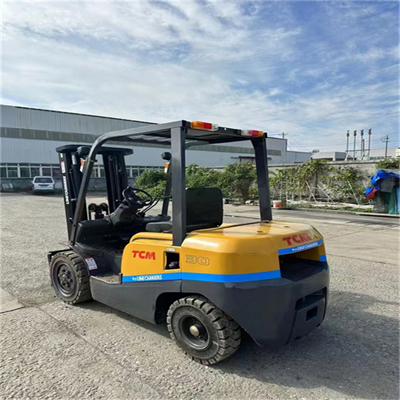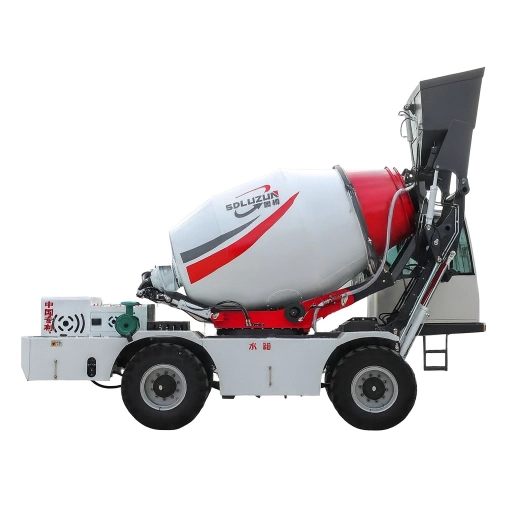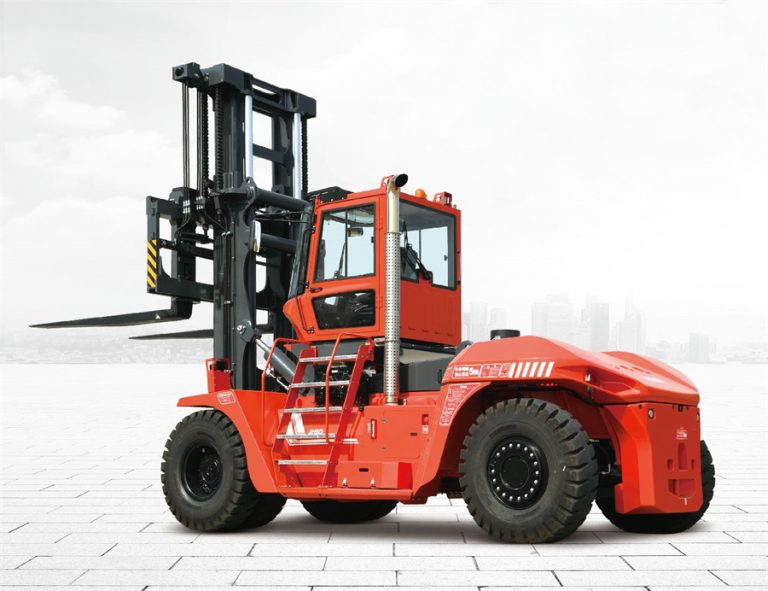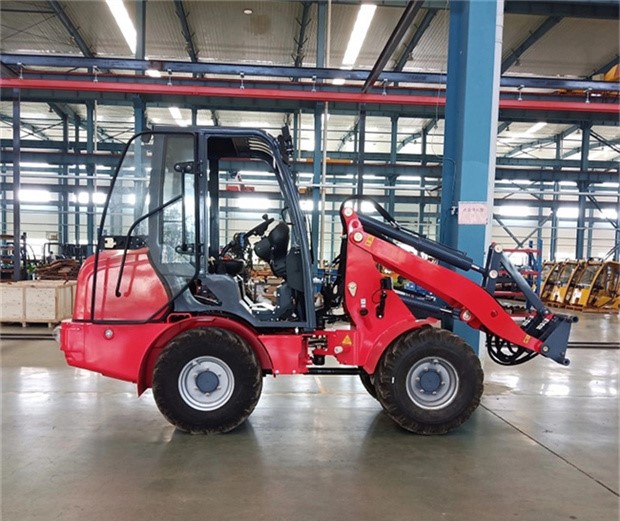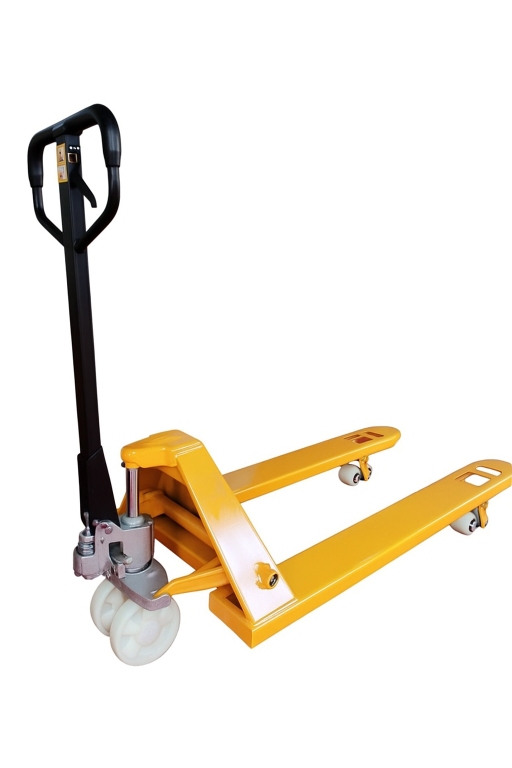Picture this: You’re running a busy construction site in the Midwest, deadlines looming like storm clouds. Your old forklift just gave out mid-shift, leaving pallets stacked high and workers twiddling thumbs. Desperate for a quick fix, you spot a deal on a used diesel model online—looks solid, price is right. You pull the trigger without a second thought. Fast forward a month: breakdowns every other day, repair bills piling up like those pallets. Sound familiar? Yeah, it’s a tale as old as the industry itself. Buying a used forklift can be a smart move for keeping costs down, especially when you’re eyeing those heavy-duty diesel ones that handle 5 to 10 tons without breaking a sweat. But rush it, and you’re in for headaches. In this post, we’ll walk through how to avoid those costly mistakes, with a straightforward checklist pulled from real-world know-how. We’ll keep it real—no fluff, just practical advice to help you snag a reliable machine that fits your operation.
Why Used Forklifts Make Sense for Your Business
Let’s face it, new equipment comes with a hefty price tag. A brand-new diesel forklift rated for 3 tons might set you back tens of thousands, and that’s before you factor in shipping or setup. Used ones? They can slash that by half or more, without skimping on the grunt work you need. Take those internal combustion counterbalance models, like the ones in the 1.5 to 3.5 ton range—perfect for lumber yards or shipping docks. They’re built tough, with high torque for tackling uneven ground, and if you find a well-maintained used version, it can run for years on end.
From what I’ve seen in the field, businesses in construction or manufacturing often turn to used forklifts for their extended operating time. Diesel engines don’t need constant recharging like electrics; just a quick refuel, and you’re back at it. Plus, in harsh spots like outdoor yards exposed to dust and weather, these machines hold up better than you’d think. But here’s a little aside—sometimes folks get starry-eyed about the savings and forget the hidden costs, like mismatched attachments that don’t fit your loads. It’s those small oversights that turn a bargain into a burden.
Data backs this up: Industry reports show that properly vetted used forklifts can deliver up to 80% of a new one’s lifespan, especially if they’re from lines with reinforced frames and advanced hydraulics. For heavier lifts, say 20 to 25 tons for port work, a used model with a turbocharged engine can handle massive containers without flinching. The key? Knowing what to check so you don’t end up with a lemon.
Common Pitfalls That Drain Your Wallet
Jumping into a used forklift purchase without homework is like driving blindfolded on a gravel road—bumpy and bound to end badly. One big mistake I hear about all the time? Ignoring the usage history. These diesel beasts, designed for heavy-duty tasks in places like mining or steel mills, log serious hours. A machine that’s pushed 10,000 hours might look shiny, but if it’s been abused on rough terrain, that high power output won’t mean squat when the engine sputters.
Another trap: Overlooking maintenance records. Picture a 4 to 5 ton model with a powerful hydraulic system for smooth lifts—great on paper. But without proof of regular oil changes or filter swaps, you’re gambling. I’ve talked to operators who bought “deals” only to find rusted masts or worn tires that couldn’t grip, leading to slips and safety scares. And don’t get me started on skipping a test drive. Feels basic, right? Yet, folks do it, missing vibes like uneven steering or weak torque on inclines.
Costly? You bet. Repairs on a neglected 15 to 18 ton diesel can run into five figures, eating any initial savings. Or worse, downtime halts your whole crew—think lost productivity in a warehouse where every hour counts. Environmentally, too, an inefficient older model guzzles more fuel, bumping up your bills and emissions. Stick to ones compliant with standards like Tier 4, and you’ll dodge fines while keeping things greener. Oh, and a quick human note: I once knew a guy who bought used without checking the tires—solid ones for punctures are a must in debris-heavy sites, but he ended up with pneumatics that flattened twice a week. Lesson learned the hard way.
The Complete Checklist: Step-by-Step Guide to Smart Buying
Alright, enough warnings—let’s get to the meat. This checklist is your roadmap, drawn from hands-on experience with diesel forklifts across tonnages. We’ll break it down into phases, using bullet points for clarity. Aim to cover each one, and you’ll sidestep most regrets. For context, we’re focusing on those robust internal combustion models, from light 1.5-ton haulers to the big 25-30 ton workhorses.
Pre-Purchase Research: Know Your Needs
Before you even browse listings, nail down what your operation demands.
- Match Capacity to Your Loads: Go for 1.5-2 ton if you’re shifting lighter warehouse gear; scale up to 5-8 tons for construction materials. Remember, overloads strain the frame—data shows exceeding rated capacity by 10% halves lifespan.
- Terrain and Environment Check: Outdoor rough spots? Opt for models with high torque and durable builds, like those for 4×4 rough terrain. Indoor? Lighter electrics might edge out, but diesels shine in mixed use.
- Budget Breakdown: Factor in not just the sticker price—add 10-20% for potential tweaks. Used 3-3.5 ton T2 series often run under $15,000 if low hours.
A table here might help compare basics:
| Tonnage Range | Ideal Use Case | Key Feature to Prioritize | Avg. Used Price Range (Est.) |
| 1.5-3.5 tons | Warehousing, light shipping | Extended runtime, quick refuel | $8,000 – $20,000 |
| 4-8 tons | Construction sites, manufacturing | Heavy-duty hydraulics, stability | $15,000 – $35,000 |
| 15-30 tons | Ports, heavy industry | Turbo engines, reinforced chassis | $50,000+ |
Prices vary, but this gives a ballpark from industry chats.
Inspection Time: Hands-On Scrutiny
Get your hands dirty—or hire a pro. Test it out.
- Engine and Power Check: Fire it up. Listen for smooth idling; diesel engines should deliver strong torque without smoke. For G series 5-10 ton, verify fuel efficiency tech like advanced injection.
- Hydraulics and Mast Review: Lift a load near max—say 4 tons on a 5-ton model. Look for leaks or jerky motion. Reinforced masts are crucial for stability.
- Tires and Undercarriage: Pneumatic for cushion on docks, solid for puncture-proof in yards. Check for uneven wear; replace if tread’s low.
- Safety Features Scan: Overload protection, anti-slip, alarms—must-haves. In busy sites, cameras add peace of mind.
Pro tip: Bring a mechanic. They’ve caught hidden issues like cracked frames on 20-ton models that sellers glossed over.
Documentation and History Dive
Paperwork isn’t sexy, but it’s your shield.
- Service Records Review: Demand logs for oil, filters, and emissions checks. Aim for under 5,000 hours on mid-range tonnages.
- Compliance Verification: Ensure it meets regs—DPF or EGR for cleaner runs. Non-compliant? Fines await.
- Warranty or Guarantee Ask: Some sellers offer short-term coverage; snag it if possible.
Final Test and Negotiation
Drive it loaded. Feels off? Walk away. Haggle based on findings—maybe knock off for needed tires.
This checklist isn’t foolproof, but following it has saved operations from big losses. One warehouse manager I know used it to score a 7-ton diesel for under budget, running strong two years later.
Discover JinChengYu FORKLIFT: Your Trusted Source for Used Forklifts
When it’s time to buy, turn to a reliable supplier like JinChengYu FORKLIFT, based right in Qingdao, Shandong Province. With easy access by land, sea, air, and rail, they handle import-export for materials handling gear, including a solid lineup of used forklifts. As China’s go-to manufacturer for everything from 1-48 ton diesel counterbalances to rough terrain models, JinChengYu brings that same quality to their pre-owned stock. They focus on continuous improvement and customer satisfaction, setting up strong sales networks worldwide for sales, after-sales service, and even rentals. Whether you’re after a 2.5-ton internal combustion unit or a hefty 25-ton beast for port work, their used options come with the durability and features you expect—high power, extended runtime, and rugged builds for tough jobs. It’s all about providing quality products that keep your business moving, backed by a philosophy of excellence and environmental smarts. Check out their site for listings that match this checklist perfectly.
Conclusion
Wrapping it up, buying a used forklift doesn’t have to be a gamble if you arm yourself with the right steps. From researching your needs to that deep-dive inspection, this guide helps you dodge the pitfalls that turn savings into spending sprees. Stick to the checklist, and you’ll land a machine that boosts your efficiency without the drama. In the end, it’s about picking gear that fits your world—reliable, tough, and ready for the long haul.
FAQs
How to Avoid Costly Mistakes When Buying a Used Forklift for a Small Warehouse?
Start by matching the tonnage to your loads—say, a 1.5-2 ton diesel for lighter pallets. Always inspect the engine for smooth torque and check maintenance logs to avoid surprises down the line. A quick test drive can reveal handling quirks early.
What Should I Look for in the Engine When Trying to Avoid Costly Mistakes Buying a Used Forklift?
Focus on high power output without excessive smoke, especially in diesel models up to 10 tons. Verify refueling ease and runtime; poor maintenance here leads to frequent breakdowns. Get a pro to check for torque issues on uneven tests.
Is It Worth It to Buy a Used 5-Ton Diesel Forklift, and How to Avoid Costly Mistakes?
Absolutely, if it’s from a heavy-duty line with reinforced hydraulics. To sidestep errors, review service history for under 4,000 hours and test stability under load. Savings can hit 50%, but skip this, and repairs eat it up fast.
How Can I Ensure Safety Features Help Me Avoid Costly Mistakes When Buying a Used Forklift?
Hunt for built-in overload protection and anti-tip systems, standard on models like 15-18 ton diesels. Test alarms and cameras during inspection—vital for busy sites. Neglect this, and accidents turn cheap buys expensive.
What’s the Best Way to Negotiate Price While Avoiding Costly Mistakes in Buying a Used Forklift?
Use your checklist findings—point out worn tires or needed filters to bargain. For a 4-5 ton unit, aim 10-15% off if hours are high. Always walk if it feels off; better deals wait.
